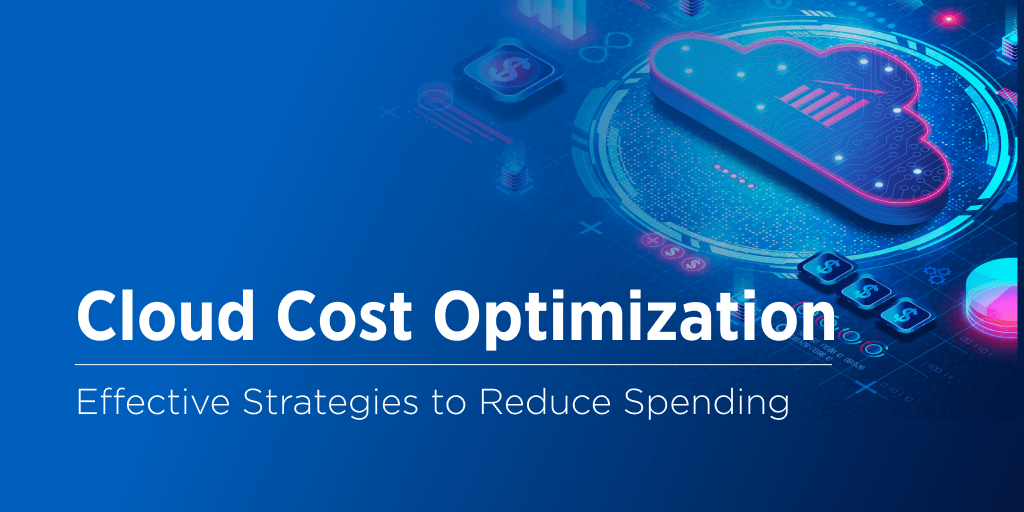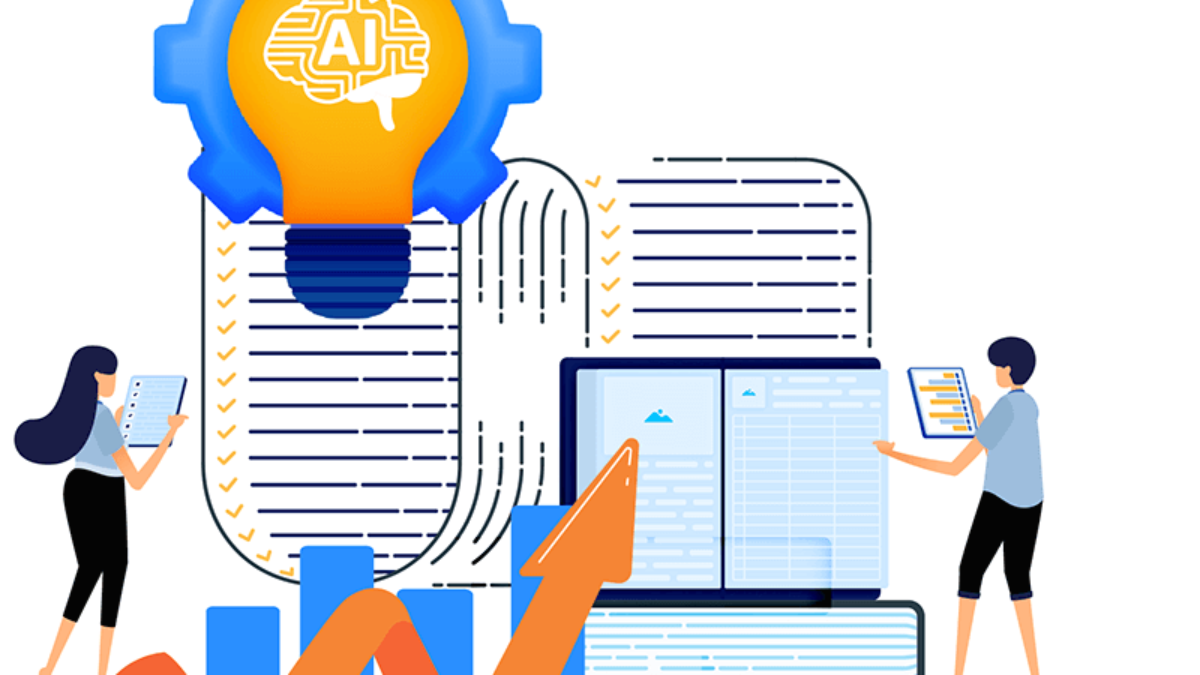Optimizing Cloud Costs with AI

1. Why Cloud Cost Optimization Matters
Cloud costs often spiral out of control due to over-provisioning, lack of oversight, and unpredictable usage patterns. When cloud resources aren’t optimized, businesses end up paying for unused or underutilized resources. This inefficiency can lead to significant financial waste, particularly for organizations heavily reliant on cloud-based operations.
Effective cloud cost management allows companies to allocate resources wisely. By optimizing these costs, organizations can maximize their return on investment (ROI) and focus more resources on growth and innovation.
2. How AI Enhances Cloud Cost Optimization
AI brings intelligent solutions to the challenge of cloud cost management. Unlike manual methods, AI systems can analyze vast amounts of data quickly and accurately. They monitor usage patterns, predict resource requirements, and even automate cost-saving measures.
AI can:
- Analyze Usage Patterns: AI algorithms detect usage patterns to identify periods of high and low demand. This allows businesses to optimize cloud resource allocation and reduce spending.
- Predict Future Costs: Machine learning models can predict future cloud usage based on historical data. With accurate forecasting, companies can budget more effectively and avoid unnecessary expenses.
- Automate Cost-Saving Actions: AI-driven tools can automatically scale resources up or down based on real-time demand. This helps reduce costs by avoiding over-provisioning.

3. Key AI Techniques for Optimizing Cloud Costs
Several AI techniques help optimize cloud costs efficiently. Here are a few of the most effective approaches:
- Machine Learning for Demand Prediction: Machine learning models can predict demand, allowing businesses to scale resources as needed. By using predictive analytics, companies avoid over-provisioning, which reduces costs.
- Automated Resource Scaling: With AI, cloud services can automatically adjust based on demand. When workloads decrease, the system reduces resources, cutting costs. When demand increases, resources scale up automatically, maintaining performance.
- Anomaly Detection: AI can identify anomalies in cloud usage, such as unexpected surges in resource consumption. By detecting these anomalies early, businesses can investigate and address the causes, avoiding unnecessary expenses.
- Cost Monitoring and Recommendations: AI-powered platforms monitor cloud costs continuously and provide actionable insights. They may recommend rightsizing resources, shutting down unused services, or using cost-effective storage options.
4. Benefits of Using AI for Cloud Cost Optimization
Optimizing cloud costs with AI offers several benefits for businesses:
- Reduced Wastage: AI tools minimize waste by identifying and eliminating underutilized resources. Businesses can avoid paying for unused cloud instances or over-provisioned services.
- Improved Budgeting and Forecasting: AI provides accurate predictions, making it easier to plan cloud budgets and avoid surprises.
- Increased Operational Efficiency: With automation, IT teams can focus on strategic tasks rather than manual cost control. AI handles repetitive tasks, reducing the workload on human staff.
- Scalability Without Cost Burden: As businesses grow, AI-driven cost control ensures that cloud expenses remain manageable, even with increasing demands.
- Enhanced Decision-Making: AI provides valuable insights, enabling data-driven decisions that align with business goals.
5. Strategies for Implementing AI in Cloud Cost Management
To use AI effectively in cloud cost optimization, businesses can follow these strategies:
a) Integrate AI-Driven Cost Management Tools
Several AI-powered tools are available for cloud cost optimization. Platforms like AWS Cost Explorer, Azure Cost Management, and Google Cloud’s Recommendations integrate AI to help users understand their spending patterns and manage costs. These tools provide insights, alerts, and recommendations based on AI analysis, making cost control easy.
b) Set Budget Alerts and Automated Actions
Setting budget alerts is an essential step. AI tools can send notifications when costs approach predefined limits, helping companies avoid overspending. Automated actions, such as scaling down resources when usage drops, ensure that costs remain under control without requiring manual intervention.
c) Use Predictive Analytics for Resource Planning
Predictive analytics, powered by machine learning, helps companies forecast future cloud usage and costs. By analyzing historical data, AI can predict demand spikes, allowing companies to prepare in advance. This not only saves costs but also enhances performance by ensuring resources are available during peak times.
d) Leverage Anomaly Detection for Cost Control
AI’s anomaly detection capabilities allow businesses to catch unusual spending patterns early. For example, if an application suddenly consumes more resources than expected, AI tools can send alerts. Quick identification of these anomalies can prevent runaway costs.
e) Implement AI-Powered Resource Allocation
AI-powered resource allocation tools adjust resources automatically. This dynamic adjustment means companies only pay for what they use. AI tools can even distribute workloads across different cloud services based on cost-efficiency, further lowering expenses.
6. Case Studies: AI in Cloud Cost Optimization
Many organizations have achieved success by implementing AI-driven cost optimization strategies. Here are a couple of examples:
- Netflix: Netflix uses AI to manage its extensive cloud infrastructure. By employing machine learning algorithms, Netflix predicts demand and optimizes resource allocation, ensuring a seamless streaming experience while keeping cloud costs in check.
- Airbnb: Airbnb relies on machine learning to monitor and control cloud expenses. With predictive analytics, Airbnb’s cloud operations scale up and down based on demand, which reduces costs during off-peak periods.
7. Challenges of AI-Driven Cloud Cost Management
Although AI offers significant advantages for cloud cost optimization, it also comes with challenges:
- Data Privacy: AI requires access to cloud usage data to function. Companies must ensure that data privacy policies comply with regulations, especially when using third-party tools.
- Initial Setup Costs: Setting up AI-driven cost management tools requires an initial investment. Although the savings can be substantial, companies must consider setup costs in their budget.
- Complexity in Integration: Integrating AI tools with existing cloud services can be complex, especially for companies with legacy infrastructure. It may require specialized skills and time to implement.

8. Tips for Successful AI Implementation in Cloud Cost Control
To achieve successful AI-driven cloud cost optimization, businesses can follow these tips:
- Start Small and Scale Gradually: Begin with a pilot project to test AI tools. Gradually scale as you gain insights and confidence in the system.
- Train Teams on AI Tools: Educate IT teams on AI-based cost control platforms. This training helps them understand and maximize the tools’ capabilities.
- Monitor and Adjust Continuously: Regularly review AI-generated insights and recommendations. Cloud environments and business needs evolve, so continuous monitoring ensures alignment with goals.
- Set Clear Goals: Establish clear cost-saving goals. Whether it’s reducing waste, improving scalability, or enhancing budgeting, defined goals help measure success.
9. Future of Cloud Cost Optimization with AI
The future of cloud cost optimization looks promising with AI advancements. AI-powered tools are becoming more sophisticated, providing deeper insights and even autonomous cost management. In the coming years, AI may play a more prominent role in making real-time decisions, further reducing cloud costs without human intervention.
Emerging technologies, like advanced machine learning and edge computing, will enhance AI’s capabilities. With these developments, AI will deliver even more accurate predictions and optimized resource allocation, making it a vital tool for cost-effective cloud management.
10. Conclusion: AI as a Vital Tool for Cloud Cost Optimization
AI has proven invaluable in managing cloud costs. By analyzing data, predicting demand, and automating cost-saving actions, AI enables businesses to control expenses efficiently. As cloud usage grows, AI-driven cost optimization becomes essential for businesses seeking to maximize ROI and reduce waste.
With the right strategies, AI tools, and continuous monitoring, companies can leverage the power of AI to ensure cost-effective, scalable cloud operations. For organizations looking to control their cloud spending, AI is the future.




